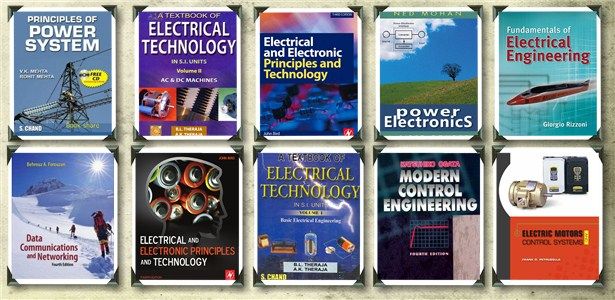H.V. switch gears:
Circuit breaker: Switching during normal and abnormal conditions, interrupt the fault currents.
Isolators: It is disconnecting switch to disconnect the system from line parts under no load condition.
Earth switch: This is used to discharge the voltage on the lines to earth after disconnecting them.
Surge arrester: This is used to divert the high voltage surge to earth and maintaining continuity during normal voltage.
Current Transformer: To step down the current for measurement, protection and control purposes.
Potential Transformer: To step down the voltage for the purpose of protection, measurement and control.
L.V. Switchgears:
MCBs (Miniature Circuit Breakers): Switching OFF during abnormal conditions to interrupt the fault current.
Fuses: A short length wire having low melting point, connected in series with circuit. In the event of fault, the circuit current rises abruptly and fuse wire melts to interrupt the circuit.
Switches: these are used to ON /OFF the power of a circuit. These are used in power/ control circuits. The switches are specified as per voltage rating, current rating, number of poles, duty cycle and fault interruption capacity.





















